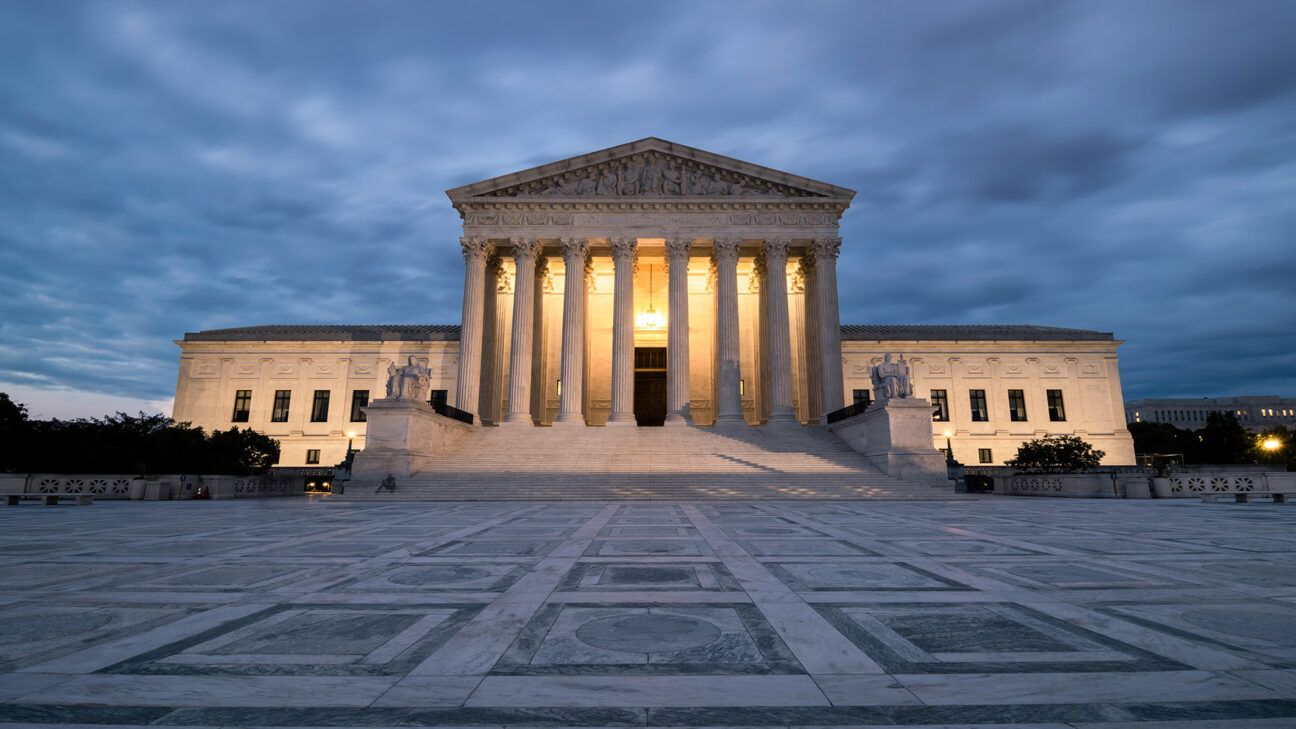
- On June 13, the U.S. Supreme Court ruled in favor of the abortion pill mifepristone after weighing whether to restrict access.
- Restricted access to this medication would have had a ripple effect across dozens of states where the right to a safe and legal abortion is controlled by legislators.
- The Court’s decision followed a U.S. appeals court ruling to impose restrictions on the medication, challenging its FDA approval and safety.
- A large body of evidence confirms mifepristone is safe and effective.
The U.S. Supreme Court ruled unanimously on June 13 that the commonly prescribed abortion medication mifepristone will remain available. The FDA vs. Alliance for Hippocratic Medicine ruling found that the plaintiffs lacked legal standing to challenge how the FDA regulates mifepristone.
The highly-anticipated decision follows a 2023 ruling by the U.S. Court of Appeals for the 5th Circuit. The lower court challenged the Food and Drug Administration’s authority on the abortion pill, which has more than two decades of research determining its safety and effectiveness.
Now that Supreme Court justices have ruled in favor of the FDA, access to mifepristone remains available through telehealth prescriptions and shipments of the medication by mail, particularly in states with barriers to safe and legal abortion.
“We are relieved by this outcome, but we are not celebrating. From the start, this case was rooted in bad faith and lacking any basis in facts or science. This case never should have reached our nation’s top court in the first place and the Supreme Court made the only reasonable decision by leaving access to medication abortion using mifepristone unchanged,” said Destiny Lopez, acting co-CEO of the Guttmacher Institute, in a statement shared with Healthline.
Sarah Prager, MD, a professor in the Department of Obstetrics and Gynecology at the University of Washington, said that she was relieved by the decision.
“Mifepristone and misoprostol are incredibly safe medications and access to medication abortion is critical for the continued health and safety of pregnant people in our country. This decision means access to abortion will continue as it currently stands, which is already significantly restricted for many pregnant people in the US,” Prager said. “However, just because these plaintiffs were found to not have standing does not mean the fight is over. I expect another case to be brought and future plaintiffs may be found to have standing and to be able to challenge Mifepristone. We must continue to be vigilant about protecting the right of all pregnant people to access abortion, which protects their right to health and life.”
Large body of evidence supports mifepristone safety, effectiveness
Demand for abortion pills prescribed via telehealth has skyrocketed since the Supreme Court’s June 2022 decision to overturn Roe v. Wade.
A comprehensive study published March 25 in JAMA shows that self-managed abortions rose sharply following the landmark ruling. The findings show nearly 28,000 additional doses of abortion pills were prescribed during the first six months after the Court ended the constitutional right to an abortion.
This increase underscores the necessity for continued access to this medication.
A tremendous body of evidence supports the safety and efficacy of abortion medication, as noted by the FDA.
The latest study, for instance, published May 13 in JAMA Internal Medicine, found that abortion pills dispensed by mail-order pharmacies are just as effective as abortions performed by a healthcare professional at a clinic or doctor’s office.
Of the 510 females studied, researchers say 91.2% were satisfied with abortion medication prescribed by mail, with less than 1% experiencing adverse events.
Other studies, of which there are many, have shown similar results.
“Mifepristone is safe, effective and essential. Guttmacher data show that medication abortion accounted for nearly two-thirds of abortions in the formal US health care system in 2023. Mifepristone also plays a key role in helping many people safely self-manage their abortion,” Lopez said.
Abortion access in the U.S. still restricted in multiple states
Abortion has been banned or severely restricted in states following Roe’s reversal. According to the Guttmacher Institute, 14 states have total abortion bans, and seven have bans on abortion prior to 18 weeks gestation.
Abortion clinics have shuttered in regions with the tightest bans and restrictions. In states where abortion remains legal, long wait times at clinics may stretch for weeks or have no availability at all.
Meanwhile in Louisiana, the state Senate approved a bill on May 23 that made it the first in the U.S. to reclassify mifepristone and misoprostol, another drug used to induce abortion, as controlled substances with a potential for abuse or addiction.
Possession of these medications are now considered a crime punishable by up to five years in prison and a $5,000 fine. Pregnant people would be exempt from prosecution, however.
Experts point out that even with today’s victory, access to abortion services remains threatened in many regions of the country.
“Even with this baseless challenge defeated, we must remain vigilant. The anti-abortion movement is ruthlessly pursuing its end goal of banning abortion nationwide. This attempt to restrict mifepristone was just one prong of a larger strategy that has already done so much damage: Two years after Roe was overturned, abortion is banned in 14 states and severely restricted in many more,” Lopez said.
“In the face of relentless attacks, policymakers at all levels need to keep pushing forward expansive and protective policies that ensure everyone can access abortion care using the method that best suits their needs.”
Takeaway
In a unanimous decision, the Supreme Court struck down the mifepristone case on June 13.
U.S. Supreme Court Unanimously Votes to Preserve Access to Abortion Pill Mifepristone
Source: Pinoy Lang Sakalam



0 (mga) komento:
Mag-post ng isang Komento